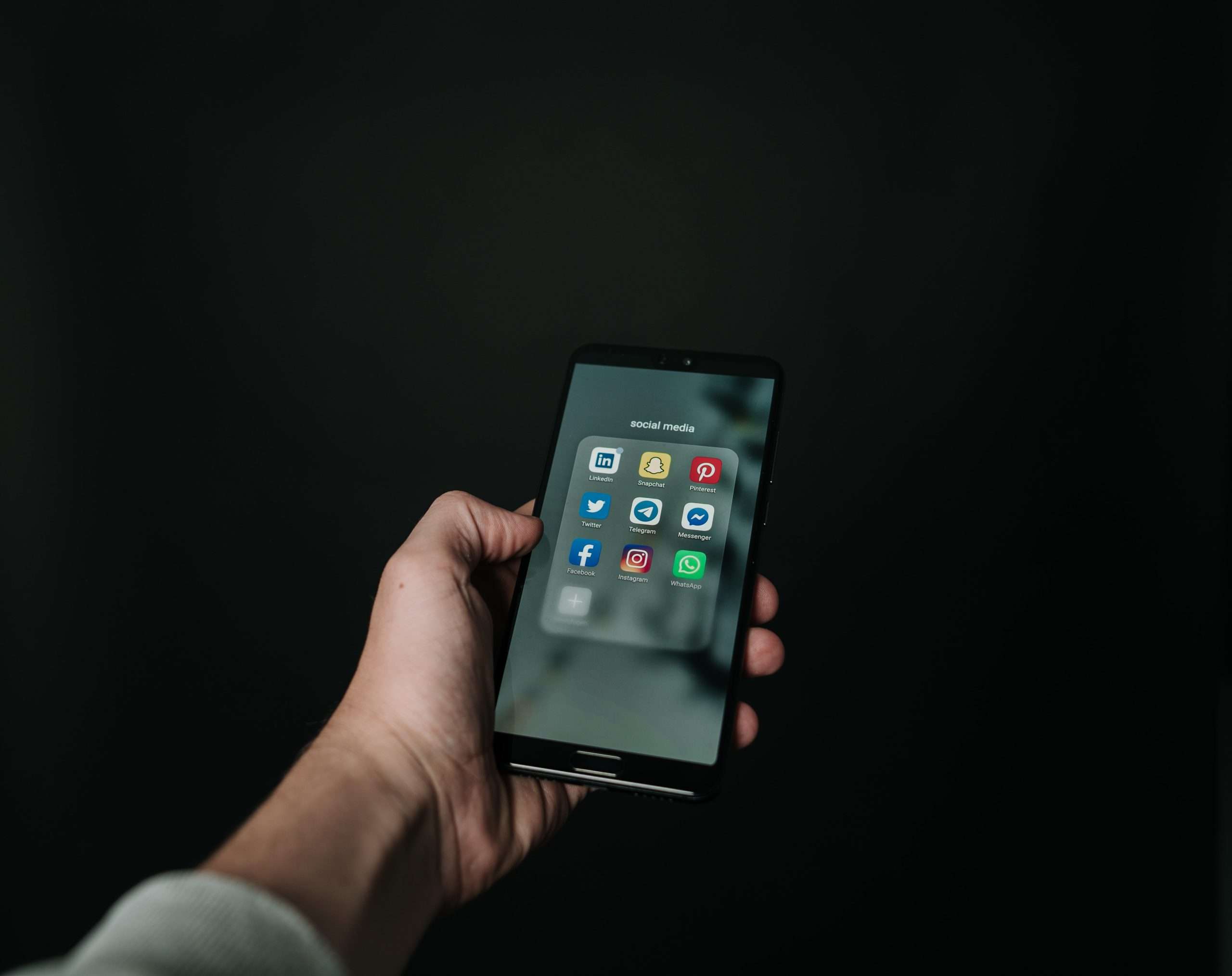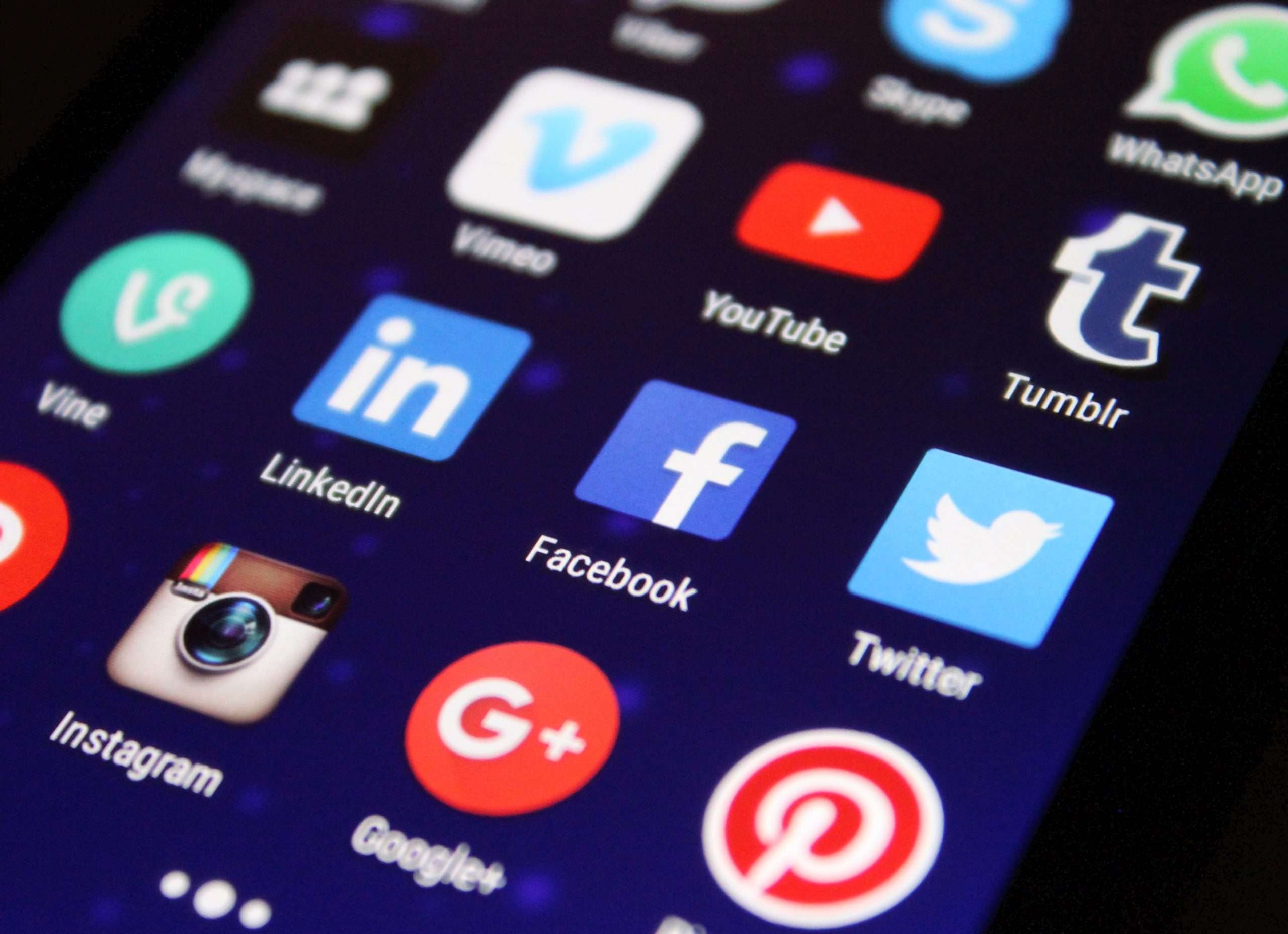In the realm of social media, verification badges have become a symbol of authenticity and credibility. These little blue checkmarks or other unique symbols next to a user’s profile name indicate that the account has been verified as legitimate by the platform. While verification may seem like a status symbol, it serves a more profound purpose than mere prestige. In this article, we’ll delve into why social media verification is essential and how to go about getting your account verified.

The Significance of Social Media Verification
1. Authenticity and Credibility
Verification badges are primarily meant to authenticate the identity of public figures, celebrities, brands, and influential individuals. They assure users that the account they are following is the genuine representation of the person or entity it claims to be. This helps mitigate the problem of impersonation and ensures that users can trust the content shared by verified accounts.
2. Enhanced Visibility
Verified accounts often receive preferential treatment from social media algorithms. Platforms may prioritize their content or promote it more frequently, leading to increased visibility and reach. This, in turn, can help verified users connect with a broader audience and grow their online presence.
3. Improved Security
Verification badges can deter malicious actors from impersonating public figures or brands. This added layer of security helps protect verified users from potential harm, such as identity theft, online harassment, or reputation damage.
4. Trust and Engagement
Verified accounts tend to garner more trust and engagement from their followers. Users are more likely to engage with and share content from verified accounts, knowing that they are interacting with authentic and credible sources.
How to Get Social Media Verified
While verification is coveted, social media platforms have specific criteria and processes for obtaining a verification badge. Here’s a general guide on how to go about it:
1. Eligibility Check
Before applying for verification, ensure that your account meets the platform’s eligibility criteria. While these criteria can vary between platforms, they often include:
– Authenticity: Your account must represent a real person, brand, or entity.
– Uniqueness: Your account should be unique and not impersonate others.
– Notability: You must be a notable figure in your field, with a significant online presence and coverage in reputable media sources.
2. Complete Your Profile
Make sure your profile is complete and accurately reflects your identity or brand. This includes having a profile picture, a well-written bio, and links to your website or other relevant platforms.
3. Build a Strong Online Presence
Focus on creating and sharing high-quality content that resonates with your target audience. Engage with your followers, and participate in discussions within your niche. The more active and influential you are, the more likely you’ll be considered for verification.
4. Verify Your Identity
Most platforms require you to provide proof of your identity to verify your account. This may include government-issued identification, official documents, or other forms of verification.
5. Submit a Verification Request
Each platform has its own process for requesting verification. Typically, this involves filling out an application form and providing the required documentation. Be prepared to explain why your account should be verified and how it meets the platform’s criteria.
6. Wait for a Response
After submitting your verification request, be patient. Verification processes can take time, and the platform will review your application to determine your eligibility.
7. Appeal if Necessary
If your initial verification request is denied, some platforms allow you to appeal the decision. Take the time to review the platform’s guidelines and make any necessary adjustments to your account before reapplying.

Platforms that Offer Verification
Verification processes and criteria can vary significantly between social media platforms. Here are some popular platforms that offer verification:
1. Twitter
Twitter’s verification process involves providing a detailed application with specific information about your account’s notability. Be sure to review Twitter’s guidelines before applying.
2. Instagram
Instagram offers a verification request form within the app. They typically ask for a government-issued photo ID and other forms of identification to verify your identity.
3. Facebook
Facebook offers verification badges for public figures, celebrities, and brands. Verification can be requested through the platform’s settings.
4. TikTok
TikTok provides a verification process for notable individuals and brands. You can request verification through the app’s settings.
5. LinkedIn
LinkedIn offers a verification process for notable individuals. Eligible accounts can apply for verification through LinkedIn’s support center.
Social media verification serves as a symbol of authenticity and credibility in a digital landscape rife with impersonation and misinformation. While it may seem elusive, it’s attainable by following the platform-specific guidelines and criteria. Getting verified can enhance your visibility, trustworthiness, and security on social media, making it a valuable pursuit for public figures, brands, and influencers. However, remember that verification is not the ultimate measure of your worth on social media. Authenticity, engagement, and the value you bring to your audience remain paramount.






